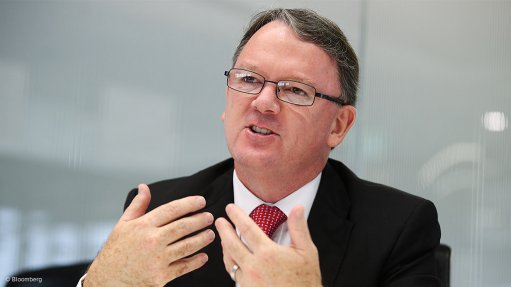
Woodside CEO and MD Peter Coleman
PERTH (miningweekly.com) – Australian oil and gas major Woodside CEO and MD Peter Coleman said on Tuesday that the decision to shelve the Browse liquefied natural gas (LNG) project earlier this year, was simply an economic one.
“Of course there was some social licence to operate things that we were aware of and were of a concern to us, but the reality is that this was simply an economic decision for us,” Coleman said on the sidelines of the eighteenth LNG conference.
Woodside and its joint venture partners in March took the decision not to progress with the development of the Browse project after completing the front-end engineering and design work.
The Browse floating LNG (FLNG) development concept was based on three FLNG facilities using project partner Shell’s technology and Woodside’s offshore development expertise to commercialise the Brecknock, Calliance and Torosa fields, which have contingent resources of 15.4-trillion cubic feet of dry gas and 453-million barrels of condensate.
Coleman said that with the shelving of the Browse project, Woodside would have the opportunity to "think differently" about the development; however, he noted that no decision had been made to bring the project back onshore, adding rather that the FLNG solution was "clearly the lead case".
Addressing delegates at the conference, Coleman said that future LNG projects would likely be smarter and greener, but not always bigger.
“Many of [the future projects] could well be staged projects with a series of phased developments. I’m not ruling out big projects, but they will certainly need to provide robust return to investors and returns that would inevitably have to withstand the downcycle of our business.”
Coleman said that Woodside was using the current low-price market environment to drive home its technology advantage, to drive down costs over the next two to three years and to position the company for final investment decisions on proposed projects, allowing for supply of LNG in the early to mid-2020s, when market demand was expected to increase.